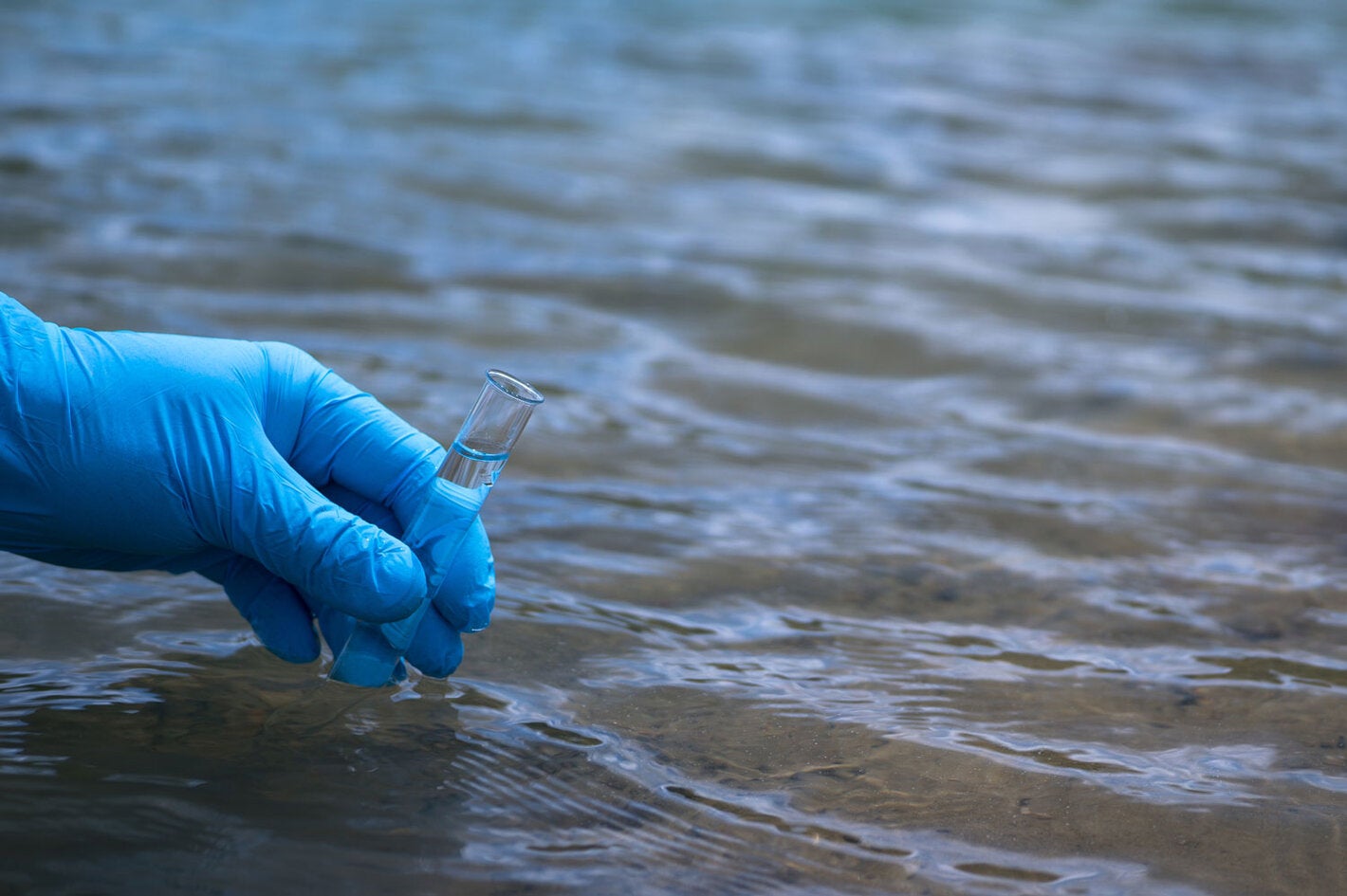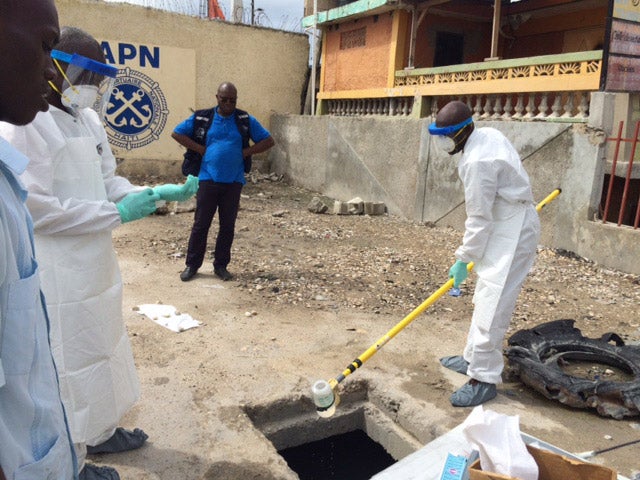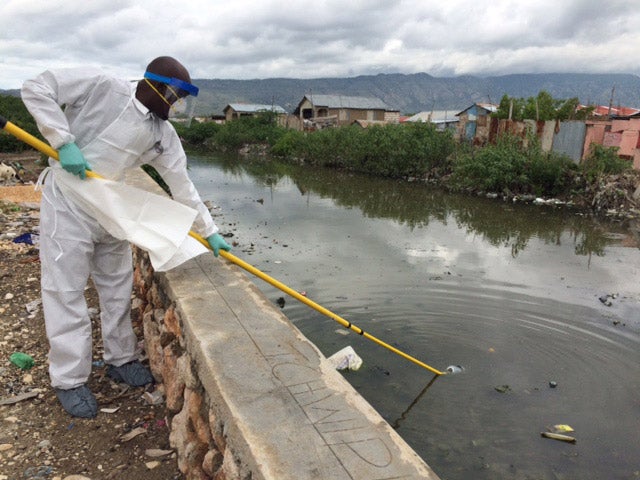“The medical community tried to understand how a person who had not travelled outside the United States could contract polio, so in this particular case there was an intentional search for polio in wastewater where this person lived,” explained Dr. Gloria Rey, a polio expert and Regional Advisor at PAHO.
Polio is the short name for poliomyelitis, a highly infectious disease caused by the poliovirus. The strain of polio the young person in New York contracted was related to the weakened virus contained in the oral polio vaccine (OPV). This alerted authotiries to low polio vaccination rates in the area, who then – thanks to the timely detection – mounted a swift immunization campaign to prevent an outbreak of national proportions.
“If the weakened vaccine-derived poliovirus can circulate in populations with low vaccination coverage, it can mutate and revert to a form that causes illness and paralysis. This highlights the importance of maintaining high vaccine coverage,” said Dr. Rey, emphasising that paralysis from polio is permanent and the only prevention is the vaccine, commonly given in three doses to children under 5.
Meanwhile, the use of wastewater surveillance is helping health authorities to better target interventions and to prepare for a variety of future outbreaks. The method is also used to detect viruses like enterovirus, hepatitis A, and more recently mpox, as well as bacteria such as E. coli and cholera.
“The information held in wastewater is helping health officials understand where there is disease, identify risk areas, detect outbreaks early, monitor the evolution of a pathogen and act as an early warning system for vulnerable communities,” said Dr. Emilia Cain, a Consultant on Immunizations at PAHO.
Although wastewater surveillance in the United States and Canada increased exponentially during the COVID-19 pandemic, the rest of the America’s Region is still lagging behind in the use of the method. “There are obvious challenges, including restrictive costs and complex logistics,” Dr. Rey explained, “and at the moment wastewater monitoring is carried out on a needs-basis by smaller research institutions in most countries.” But the increased attention, Dr. Rey added, presents an opportunity for the region in developing wastewater-based epidemiology.
In January 2023, the World Health Organization (WHO) included improving human wastewater surveillance as one of the recommendations to enhance reporting of SARS-CoV-2 surveillance data to detect, assess, and monitor emerging variants and better understand the burden of COVID-19 in all regions.
“The data gathered by analysing wastewater is improving health system preparedness and is ultimately used to support public health decision-making, and in doing so is saving lives,” concluded Dr. Rey.





